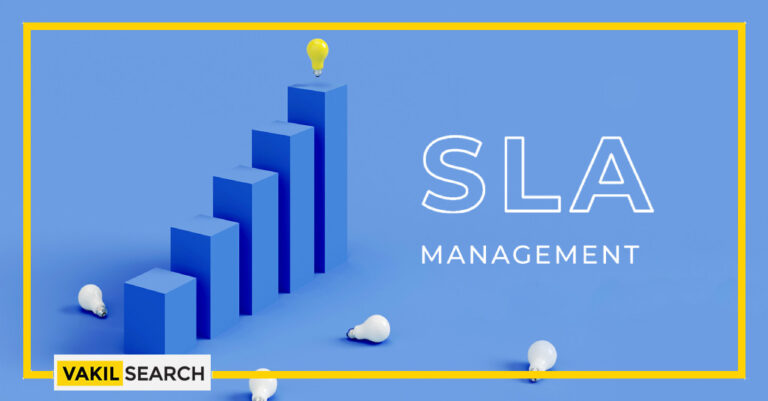If you don't use SLA, you're missing out on a chance to improve services for your employees and increase HR productivity. Here are the five benefits of using SLA in HR.
Do you use an HR Case Management or HR Helpdesk tool so that HR can help your employees? The HR Service Level Agreements (SLA) functionality that these systems offer is very generous.
If you don’t use SLA, you’re missing out on a chance to improve services for your employees and increase HR productivity. SLA is an aid for efficient use of resources, improved teamwork and increased morale.
A Brief Description of an SLA Agreement
An SLA is a contract between two people. It explains the service that will be provided, lists the Service Level Targets (what the service will be measured against), and lays out the responsibilities of both the Service Provider (HR) and the Customer (Employees and Managers).
In other words, an SLA is concerned with the enhanced level of service provided by your company to its employees. Human resource case management service level agreements (SLA) are the mechanism via which you can accomplish this goal.
Benefits of Service Level Agreement in HR Services
Let’s walk through the benefits of SLA.
1. Improved Service Management for Employees
People who work for HR might get an SLA agreement for any questions or problems they have. There are times when an SLA will let the person who is in charge of the HR case find out when it’s time to update the employee and make sure that the case is going to be finished in time.
The SLA may also automatically alert HR management before the SLA is breached. They help the case owner to deal with the situation within the allowed resolution time.
Once you pay more attention to the employee and their level of service, you will see a better service for your employees.
2. A Big Boost For Employees’ Experiences
Today, people expect their work technology to be as good as it is in their personal lives. Employees who have used Google, Facebook, Instagram, and other consumer tech are making this demand. And HR Service Delivery needs the tools to give their employees the same “consumer-grade” technology experience at work that they get when they use their phones at home.
An SLA is one of these tools. As a result, an SLA helps to meet the expectations of employees from their workplace technology. SLA provides tools to HR that helps to respond faster and make cases more transparent to their employees. They also give the information they need to keep improving HR service.
3. Increased Productivity for HR
Imagine that you work at an HR Service Center and have 20 open cases. As a manager, how do you choose which case to work on first from each of your employees? The one who is yelling the loudest or the one with the most important problem? How do you figure out what is the most important thing?
When you use SLA management, the HR Case Management tool not only applies the best response and resolution time allowance but also sorts and displays the cases in a list based on a set of priority rules.
This makes the HR team more productive and allows them to meet their SLAs better, which makes HR more likely to get good SLA compliance ratings.
4. Efficient Use of Resources
Are you having trouble meeting, or exceeding your SLA Agreement goals? Resources may not be allocated in the best way or you may not have enough resources to meet the SLA’s requirements.
Using the SLA Management feature of an HR Case Management tool, you will be able to see how many resources are available. They can be shared with senior management to make a case for changing SLA targets or allocating the right resources to meet SLA needs.
5. Increased Morale and Better Teamwork
SLA Management helps you figure out which teams and people are your real champions and where you can train and coach them. Monitoring your results also allows you to change your goals so that you can better serve your employees.
For example, if you always deliver above 95% on all priority one cases that have a Service Level Agreement of 24 hours or three business days to resolve, maybe it’s time to set a higher goal. You could set it for 16 hours or two business days.
SLA management will help you see trends and take action that will help your team achieve and succeed. On the other hand, organisational and departmental goals and rewards may also be a result of the team’s work.
Additional Benefits of the SLA in HR Services
The benefits of using the Service Level Agreement in HR services are as follows:
1. It Makes Customer Service Better
Cycle times (the amount of time it takes to solve a case) will dramatically speed up.
2. Makes Communication Easier
The service provider staff will be able to set customer expectations in two ways.
- First, they can look at the SLA document to see how priorities are set and how long the service provider has to solve the case
- Second, they can show customers how well the support organisation is actually working by referring to periodic performance reports. The average time to solve is usually much less than the goal.
3. Negotiated and Agreed by Both Parties
Because the SLA was made together with the service provider, all customers will be more likely to accept it.
4. Defines What to Do
It’s important for both the service provider and its customers to follow certain rules at all times.
5. Can be Written as References
There are times when the SLA can be used as a written reference.
6. Sets Rules For Customer Service
Use this to show the customer how the service provider will help them and what they need to do to get help. It shows that the service provider is ready to be tested so that the customer can get a report on how well they did.
Also, Read:










